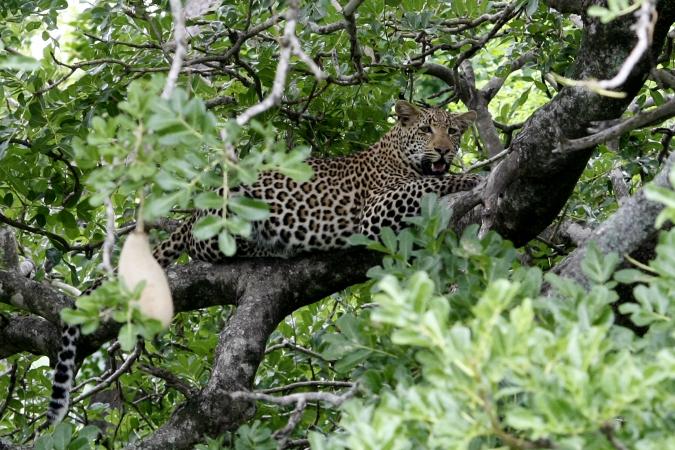
Researchers Say Leopards Have Lost 75% Of Their Historic Range
According to a new survey, Leopards have lost about 75% of their historic range all over the world. The first attempt to get a glimpse of the big cat’s remaining global footprint. This analysis was produced by organisations such as National Geographic Society’s Big Cats Initiative, the Zoological Society of London (ZSL) and Panthera.
The researchers had studied more than 1,300 sources consisting of cat’s present and historic ranges. The team notes a near disappearance of leopards in several parts of Asia as well as in Africa. Meanwhile, mapping firm BIOGEOMAPS reconstructed the animal’s historic range and overlaid it with the current assessments.

“This allowed us to compare detailed knowledge on its current distribution with where the leopard used to be and thereby calculate the most accurate estimates of range loss,” said the firm’s Peter Gerngross. The results formed a gloomy picture for the standard-bearer leopard Panthera pardus and its nine subspecies.
The research found that leopards historically occupied a vast range of approximately 35 million square kilometres (13.5 million square miles) throughout Africa, the Middle East, and Asia. But today, they are restricted to approximately 8.5 million square kilometres (3.3 million square miles).
“Our results challenge the conventional assumption in many areas that leopards remain relatively abundant and not seriously threatened,” said author Andrew Jacobson, of the ZSL. He added that the leopard’s notoriously elusive nature may have helped hide evidence of its decline.
The researchers said that more attention needed to be paid to the most at-risk subspecies.